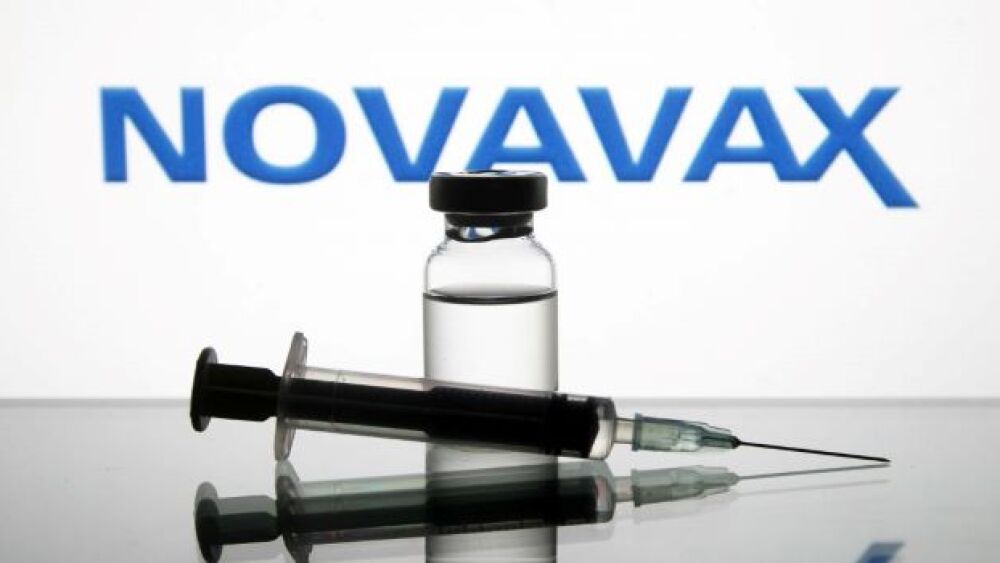Merck is dropping $2.75 billion to acquire a promising cancer therapy that targets receptor tyrosine kinase-like orphan receptor 1 (ROR1) in both hematological and solid tumors.
Atmosphere1/Shutterstock
Merck is dropping $2.75 billion to acquire a promising cancer therapy that targets receptor tyrosine kinase-like orphan receptor 1 (ROR1) in both hematological and solid tumors.
This morning, Merck announced it will acquire San Diego-based VelosBio in an all-cash deal. VelosBio’s lead investigational candidate is VLS-101, an antibody-drug conjugate (ADC) targeting ROR1 that is currently being evaluated in a Phase I and Phase II clinical trial for the treatment of patients with hematologic malignancies and solid tumors, respectively.
Merck struck following promising Phase I data announced earlier this year that VelosBio intends to share in full at the American Society of Hematology meeting next month. Results from that study showed treatment with VLS-101 resulted in objective clinical responses, including complete responses, in 47% of patients with mantle cell lymphoma (MCL) and 80% of patients with diffuse large B-cell lymphoma. The U.S. Food and Drug Administration granted VLS-101 orphan drug and fast track designations for the treatment of MCL.
Roger Perlmutter, president of Merck Research Laboratories who announced his retirement from the company last month, said the acquisition of VelosBio will complement the company’s current portfolio of cancer treatments and will also strengthen the company’s long-term growth potential.
“Pioneering work by VelosBio scientists has yielded VLS-101, which in early studies has provided notable evidence of activity in heavily pretreated patients with refractory hematological malignancies, including mantel cell lymphoma and diffuse large B-cell lymphoma,” Perlmutter said in a statement.
ROR1 is a cell-surface protein expressed during development in the womb, but disappears before birth. It is usually not expressed on normal cells in children or adults. However, ROR1 can reappear on malignant tissues, including on solid tumors. By targeting ROR1, VLS-101 is designed to deliver cancer-fighting therapeutics selectively to tumor cells, while sparing normal cells, VelosBio said. Last month, VelosBio initiated a Phase II study of VLS-101 for the treatment of patients with solid tumors, including patients with triple-negative breast cancer, hormone receptor-positive and/or HER2-positive breast cancer, and non-squamous non-small-cell lung cancer. The primary endpoint of the study will be objective response rate as determined by standard response criteria in patients who were previously treated.
Dave Johnson, founder and chief executive officer of VelosBio, said he was pleased Merck recognized the value of its ROR1-directed investigational therapeutics.
“As part of Merck’s oncology pipeline, our lead product candidate, VLS-101, is now well-positioned to achieve its maximum potential to benefit appropriate cancer patients in need,” Johnson said in a statement.
In addition to VLS-101, VelosBio is developing a preclinical pipeline of next-generation ADCs and bispecific antibodies targeting ROR1 with the potential to complement VLS-101 by offering alternative methods of tumor cell killing.
In addition to its promising lead candidate, the company is well-financed. In July, the company raised $137 million in a Series B financing round. In 2018, VelosBio raised $58 million in a Series A financing round.
ROR1 has been attracting attention from other companies as well. Last week, China’s CStone Therapeutics struck a $353.5 million licensing deal with LegoChem Biosciences for the development of CB71, a potential first-in-class/best-in-class antibody drug conjugate-targeting ROR1. VelosBio’s neighbor Oncternal Therapeutics received Orphan Drug designation from the FDA this summer for its anti-ROR1 drug Cirmtuzumal being developed to treat MCL and chronic lymphocytic leukemia/ small lymphocytic leukemia-lymphoma.





